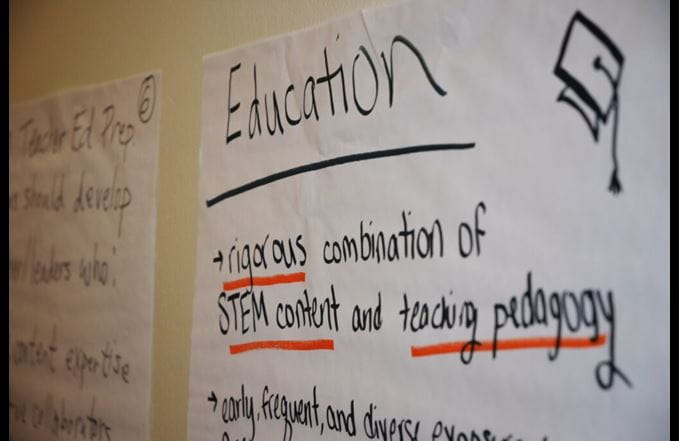Office of the Provost–Division of Faculty Success
Trinity Hall 106, 800 Greek Row Dr., Box 19128
The University of Texas at Arlington
Arlington, TX 76019
Phone: 817-272-7464 | Email: CRTLE@uta.edu
Rubrics
What is a Rubric?
A rubric is a scoring tool that establishes the criteria relevant to an assignment, piece of work, or learning outcome, and then states the potential levels of achievement. Rubrics can be used to assess almost any type of student work. Furthermore, rubrics allow instructors to communicate expectations to students and allow students to check in on their progress during an assignment.
Types of Rubrics
1. Analytic
Analytic rubrics break down the characteristics of an assignment into parts – usually formatted into a grid, allowing the teacher to itemize and define exactly what characteristics are considered weak, average, or exceptional. Analytic rubrics are useful when you really want to create a clear and comprehensive picture of what performance looks like at every level.
Advantages:
- It provides students useful feedback on areas of strength and weakness in their performance.
- Criterion can be weighted to reflect the relative importance of each dimension.
Disadvantages:
- The process of creating an analytic rubric can be tedious and lengthy.
- Unless each point for each criterion is well-defined raters may not arrive at the same score.
2. Holistic
Holistic rubrics consists of a single score based on the teacher’s overall perception of the quality of the performance. Holistic rubrics are generally composed of a list of four to six levels of performance, along with a description of the characteristics that define each level.
Advantages:
- Favors easy and quick scoring
- Allows for consistency and reliability
Disadvantages:
- Lacks targeted feedback for improvement to students
- Prevents criteria from be weighted.
3. Single-Point
Much like holistic and analytic rubrics, single-point rubrics break the aspects of an assignment down into categories. However, a single-point rubric includes only guidance on and descriptions of successful work. Essentially, it allows the teacher to address the student’s success and shortcomings in an open-ended fashion.
Advantages:
- Gives space to reflect on both strengths and weaknesses in student work
- Prevents boundaries placed on student performance
- Creates more flexibility without sacrificing clarity
Disadvantages:
- Requires more time and writing for the teacher.
Creating Rubrics
The Harriet W. Sheridan Center for Teaching and Learning at Brown University outlines how to create an effective rubric:
- Define the purpose of the assignment/assessment for which you are creating a rubric.
- Decide what kind of rubric you will use: a holistic, analytic, single-point, or other rubric?
- Define the criteria.
- Design the rating scale.
- Write descriptions for each level of the rating scale.
- Create your rubric.
Examples of Rubrics
Below is a list of some well-crafted rubric examples offered by the Association of American Colleges and Universities (AAC&U). The examples address intellectual and practical skills, personal and social responsibility, and integrative and applied learning. The below list is not the complete list offered by the AAC&U. You may access more content at their website.
- Critical Thinking
- Written Communication
- Inquiry and Analysis
- Teamwork
- Intercultural Knowledge and Competence
- Integrative Learning
Examples of specific types of rubrics:
Other Resources
- iRubric is a comprehensive rubric development, assessment, and sharing tool. Designed from the ground up, iRubric supports a variety of applications in an easy-to-use package.
- Best of all, iRubric is free to build and share.
- Single point rubric: A tool for responsible student self-assessment by the Teacher Education Faculty Publications.
References
- Creating and Using Rubrics. (n.d.). Yale Poorvu Center for Teaching and Learning. Retrieved from https://poorvucenter.yale.edu/Rubrics
- Gonzalez, J. (2014). Know Your Terms: Holistic, Analytic, and Single-Point Rubrics. Cult of Pedagogy. Retrieved from https://www.cultofpedagogy.com/holistic-analytic-single-point-rubrics/
- Rubrics. (n.d.). Center for Teaching and Learning at DePaul University. Retrieved from https://resources.depaul.edu/teaching-commons/teaching-guides/feedback-grading/rubrics/Pages/default.aspx
